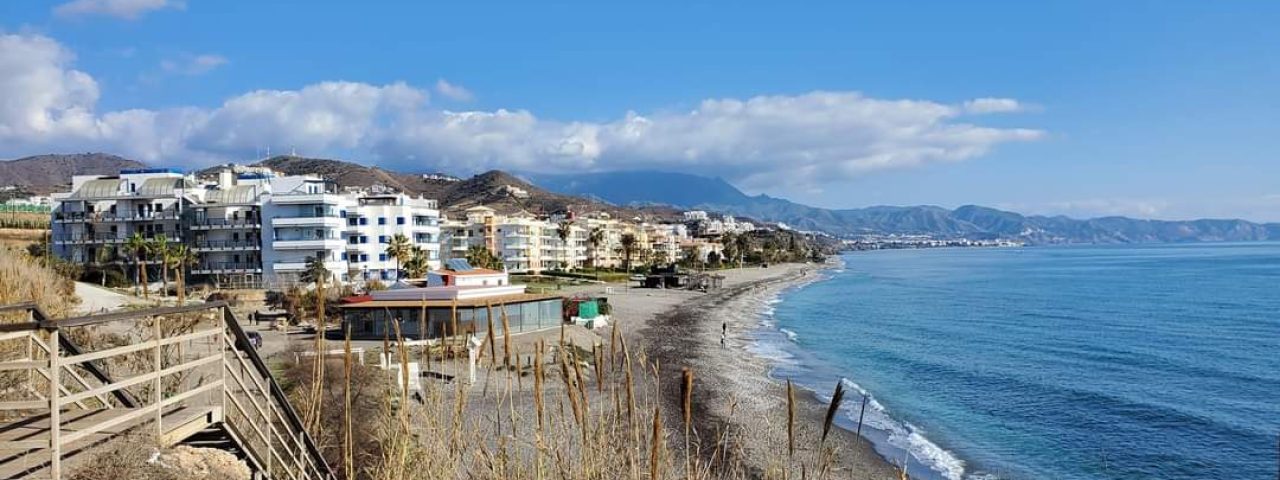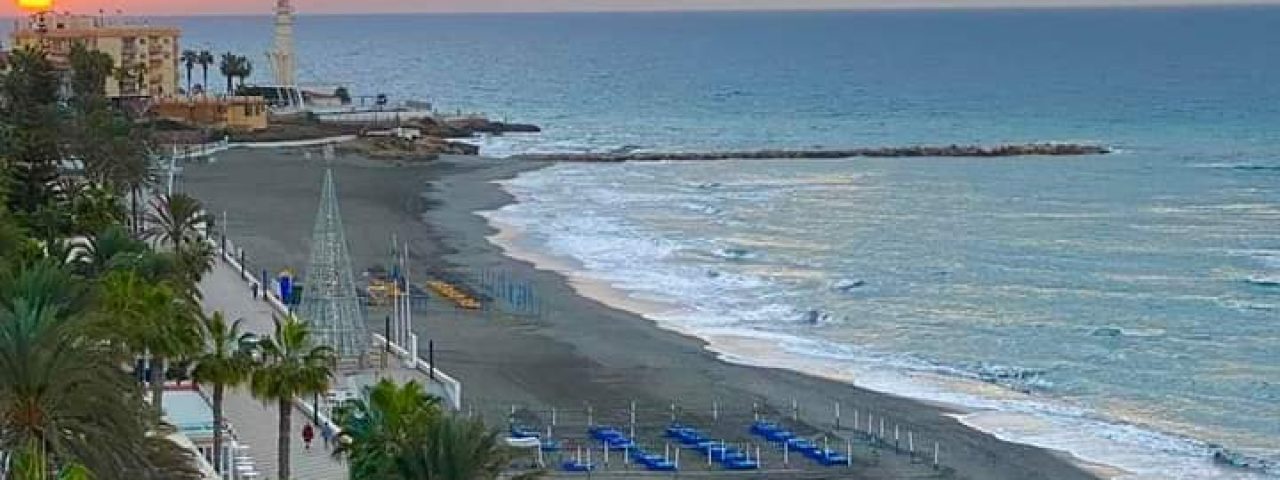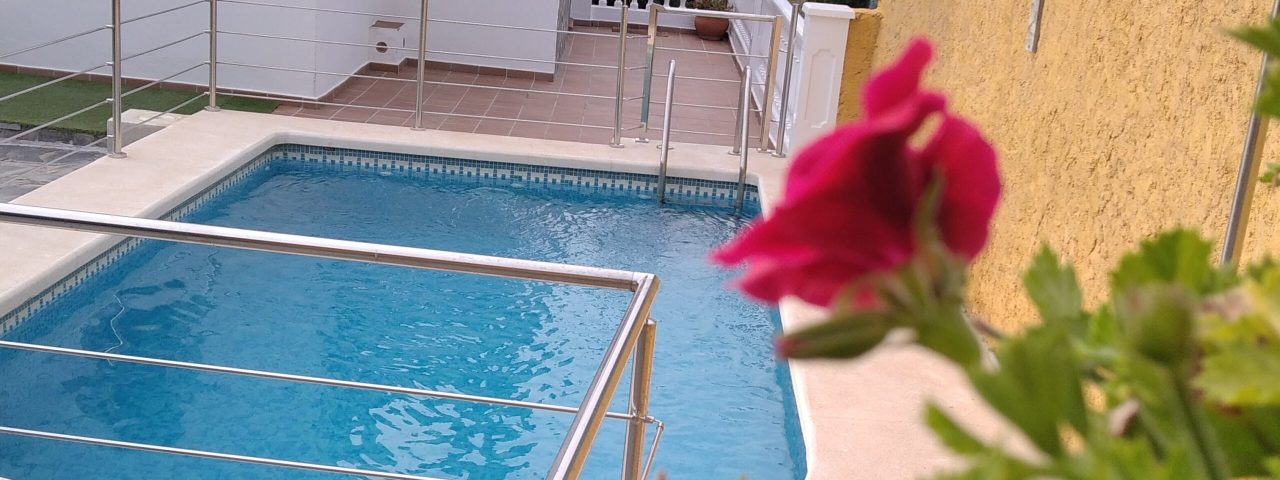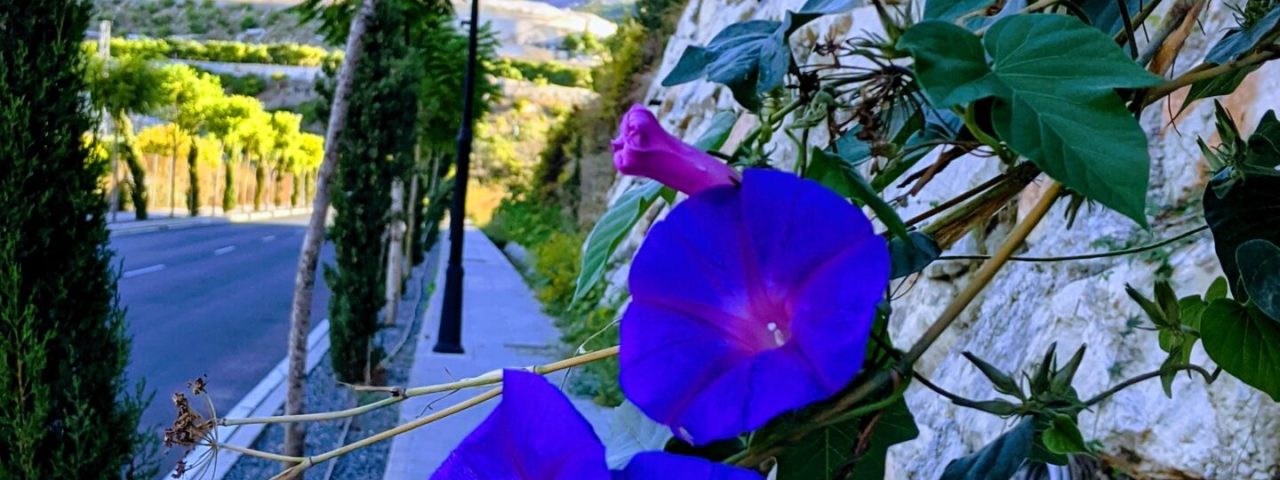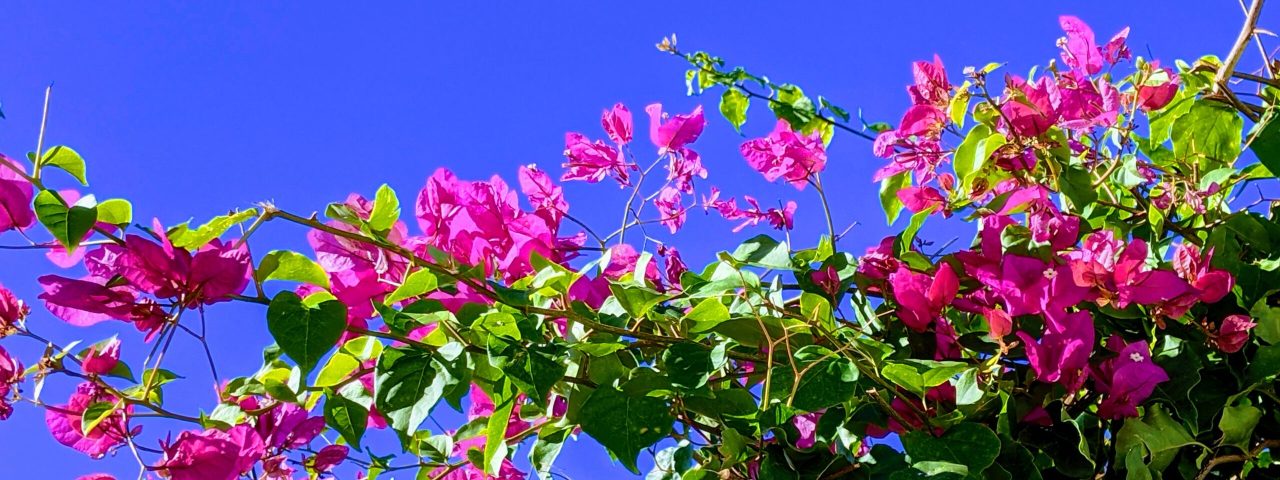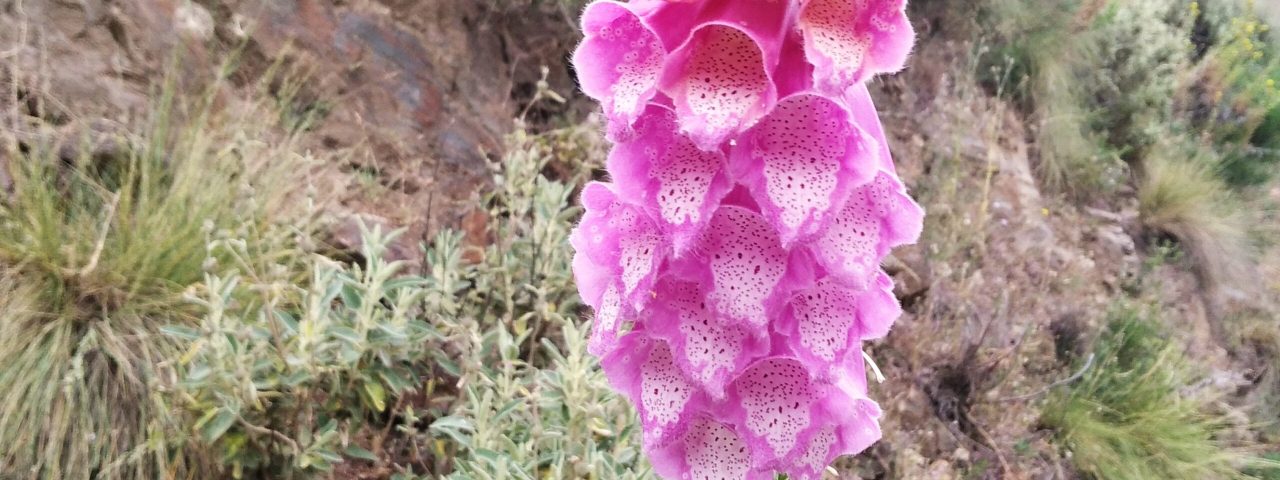Torrox has a rich and diverse history that dates back to Roman times when it served as an important trading post. The town’s strategic coastal location made it a center for commerce, with olive oil and wine among the key products exported to the rest of the Roman Empire. Today, visitors can still see remnants of Roman history in the area, including the remains of a Roman villa and thermal baths located near the Torrox lighthouse.
During the Moorish period, Torrox thrived as an agricultural hub, known for its production of silk, which was exported across the Mediterranean. The influence of Moorish architecture and design is still visible today in the winding, narrow streets of Torrox Pueblo, which feature whitewashed buildings adorned with flower-filled balconies. After the Reconquista, Torrox became part of the Christian kingdom, and many of its churches and religious buildings reflect this historical shift.
Torrox also has a vibrant cultural scene, with numerous festivals and events throughout the year. The most famous of these is the “Día de las Migas,” held every December, where locals celebrate by cooking and sharing migas, a traditional dish made from fried breadcrumbs. The town also hosts various religious festivals, including the Semana Santa (Holy Week) processions, which showcase Andalusia’s deep-rooted Catholic traditions. Torrox’s blend of Roman, Moorish, and Christian heritage creates a rich cultural tapestry that visitors can experience through its architecture, customs, and festivals.
